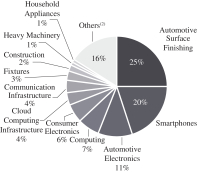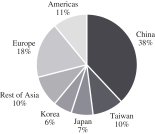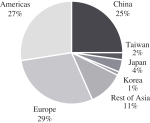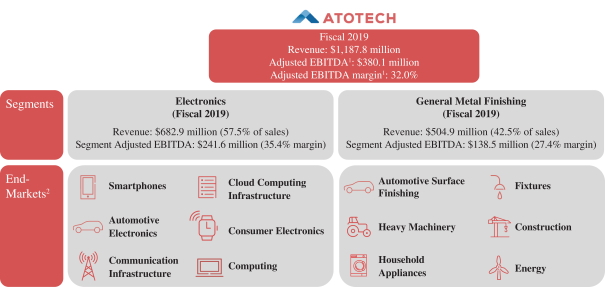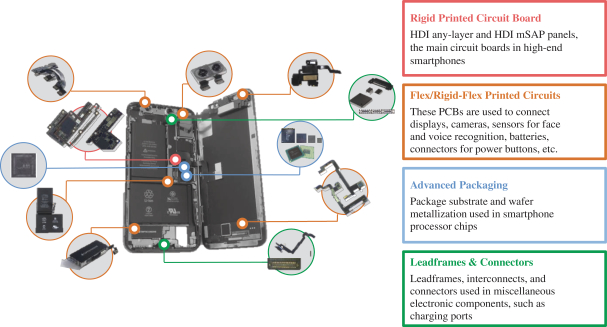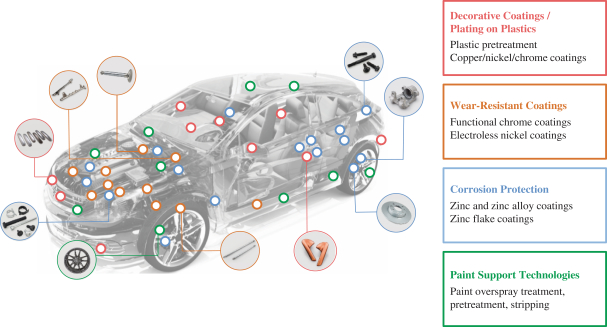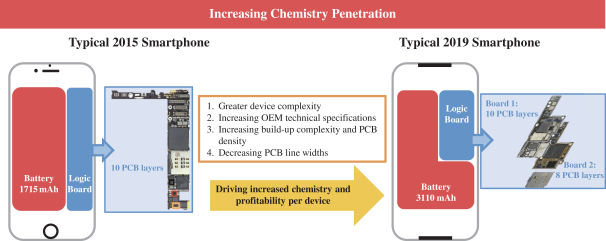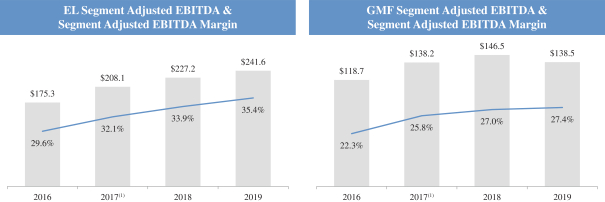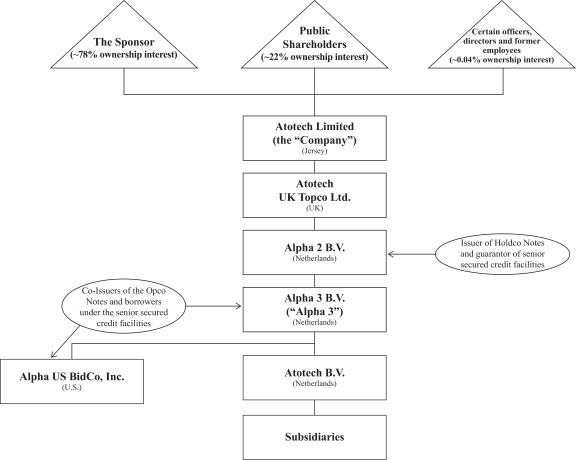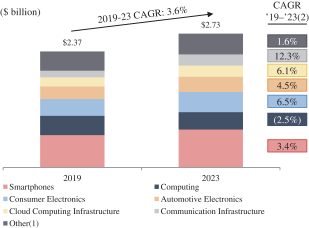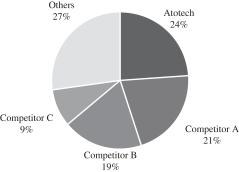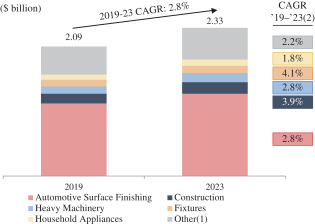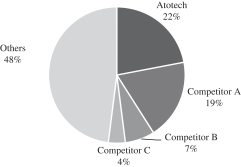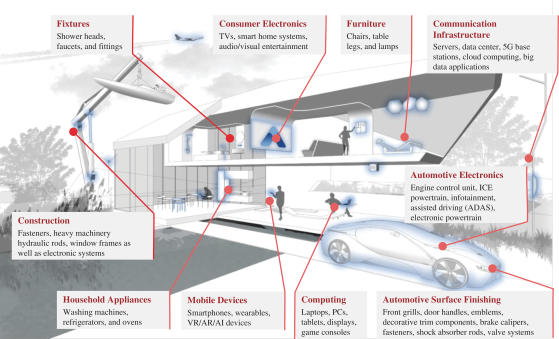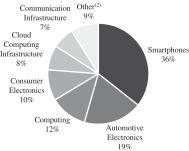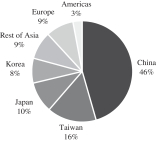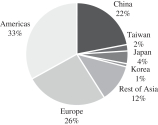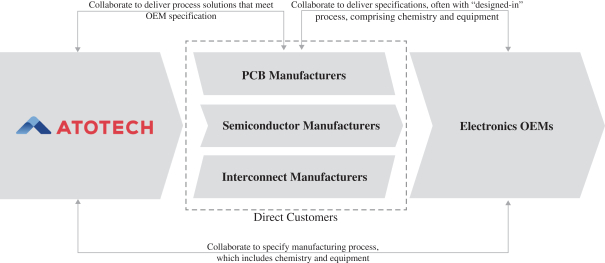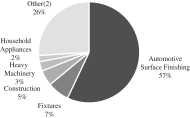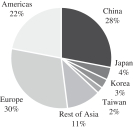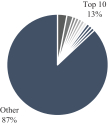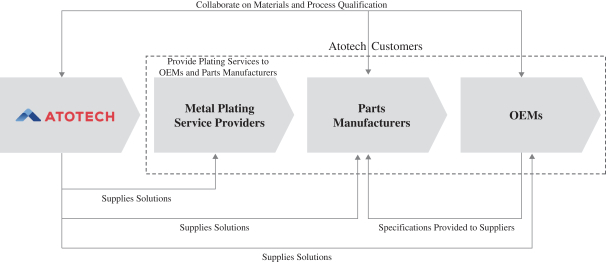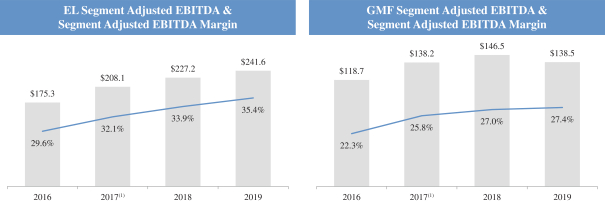The information in this preliminary prospectus is not complete and may be changed. We and the selling shareholders may not sell these securities until the registration statement filed with the Securities and Exchange Commission is effective. This preliminary prospectus is not an offer to sell these securities and it is not soliciting an offer to buy these securities in any state where the offer or sale is not permitted.
SUBJECT TO COMPLETION
PRELIMINARY PROSPECTUS DATED , 2020
PROSPECTUS
Common Shares

Atotech Limited
Common Shares
This is Atotech Limited’s initial public offering. Atotech Limited is offering common shares in this offering.
We expect the public offering price to be between $ and $ per share. Currently, no public market exists for our common shares. We have been approved for listing of our common shares on the New York Stock Exchange under the symbol “ATC.”
Investing in the common shares involves risks that are described in the “Risk Factors” section beginning on page 26 of this prospectus.
Upon completion of this offering and the conversion of 929,369,619 preferred shares (representing all issued and outstanding preferred shares, prior to giving effect to the related Preferred Conversion described elsewhere in this Prospectus) to common shares, the common shares beneficially owned by The Carlyle Group Inc. and its affiliates will represent approximately % of the total voting power of our outstanding common shares. See “Prospectus Summary—Corporate Reorganization.” Accordingly, we expect to be a “controlled company” under the corporate governance rules of the New York Stock Exchange.
We are a “foreign private issuer” under the applicable Securities and Exchange Commission rules and will be eligible for reduced public company disclosure requirements. See “Management—Foreign Private Issuer Exemption.”
| Per Share | Total | |||||||
| Public offering price |
$ | $ | ||||||
| Underwriters’ discounts and commissions(1) |
$ | $ | ||||||
| Proceeds, before expenses, to Atotech Limited |
$ | $ | ||||||
| (1) | We refer you to “Underwriting” for additional information regarding underwriting compensation. |
The selling shareholders named in this prospectus have granted the underwriters an option, exercisable for 30 days after the date of this prospectus, to purchase, from time to time, in whole or in part, up to an aggregate of common shares from the selling shareholders at the public offering price less underwriting discounts and commissions. We will not receive any proceeds from the sale of the shares by the selling shareholders. The selling shareholders named in this offering include affiliates of The Carlyle Group Inc.
Neither the Securities and Exchange Commission nor any state securities commission has approved or disapproved of these securities or determined if this prospectus is truthful or complete. Any representation to the contrary is a criminal offense.
The common shares will be ready for delivery on or about , 2020 through the book-entry facilities of The Depository Trust Company.
| Citigroup | Credit Suisse | |
| BofA Securities | J.P. Morgan |
| Barclays | Deutsche Bank Securities | Jefferies | RBC Capital Markets | |||
| UBS Investment Bank | Baird | BMO Capital Markets | HSBC |
Mischler Financial Group, Inc.
Co-Manager
The date of this prospectus is , 2020.

